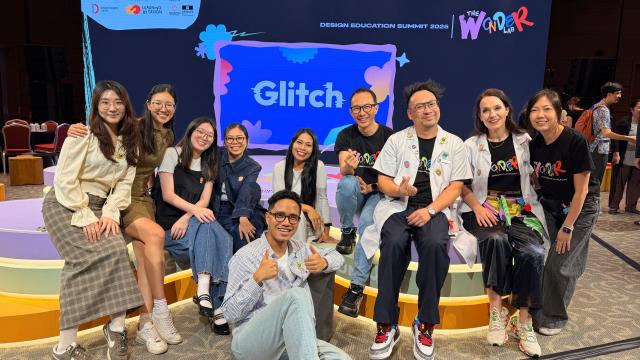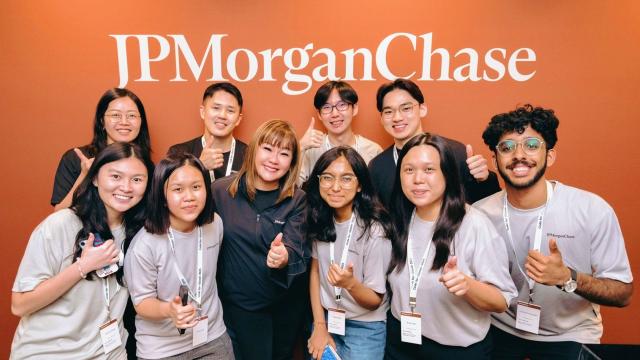For years, educators, parents, and business leaders have been talking about the importance of STEM (Science, Technology, Engineering and Mathematics). This is because in today’s technology-driven economy, STEM skills are the foundation of many game-changing innovations we see today.
However, as STEM roles become more crucial all over the world, women continue to be systemically under-represented as innovators and leaders in STEM fields. In order to grow the next generation of female STEM leaders, Singapore Institute of Technology (SIT) has recognised that a multi-disciplinary and industry-focused curriculum is needed to encourage more women to enter the STEM field.
Already, its efforts are bearing fruit. SIT Class of 2022 alumni Chua Pei Jing (25) and Venus Tan Wen Qi (24) are part of a growing cohort of female engineers who are paving the way for future generations.
Pei Jing graduated with a Master of Science in Civil Engineering and is currently a Design Engineer at Fyfe Asia, where she relishes coming up with innovative solutions to challenges in the construction industry. Venus, a Naval Architecture Engineering graduate, is currently working in Keppel Offshore & Marine’s Naval Architecture department where her job role involves the complex calculations that help keep massive ships safe and stable in the sea.
Bucking the stereotypes
For Pei Jing and Venus, pursuing a course in engineering was a natural choice. Both of them enjoyed maths and science from young, and their passion for STEM only grew as they pursued engineering diplomas in polytechnic, prior to joining SIT.
It’s no secret that engineering has stereotypically been a male-dominated field. When Venus told her parents she wanted to go into engineering, her mother asked, “What can a girl do in engineering?” However, Venus defied the critics – in addition to excelling in her courses, she secured the coveted Keppel Offshore & Marine scholarship in her first year of studies at SIT.
Though her class was made up predominantly of male students, Venus found a camaraderie among her colleagues. She recalls fondly the many nights spent studying together and working on group projects, including building a remote-controlled boat as part of a 3-person team.
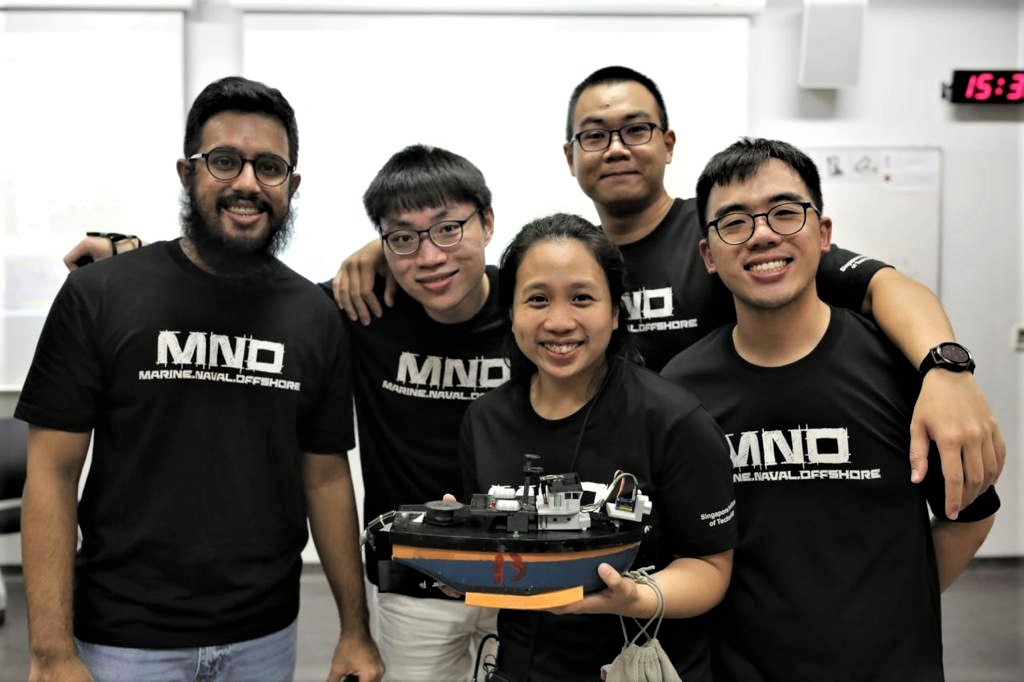
Venus (centre) enjoyed working on group projects during her time as an undergraduate in Singapore Institute of Technology. (Photo: Venus Tan)
Interestingly, Pei Jing’s cohort in Civil Engineering bucked the gender ratio trend - more than half of the students were female! Pei Jing has always enjoyed working on group projects because the mixed-gender groups benefitted from everyone’s strengths and perspectives. In addition to being surrounded by “a bunch of very close friends, both male and female” she found her educational experience to be holistic.
The Master of Science in Civil Engineering postgraduate programme focuses on structural and geotechnical engineering applications in urban environment settings. Pei Jing rose to the challenge of addressing the most difficult modules. “Now I can confidently say that I aced a module I once struggled with - geotechnical engineering - which deals with the behaviour of earth materials.”
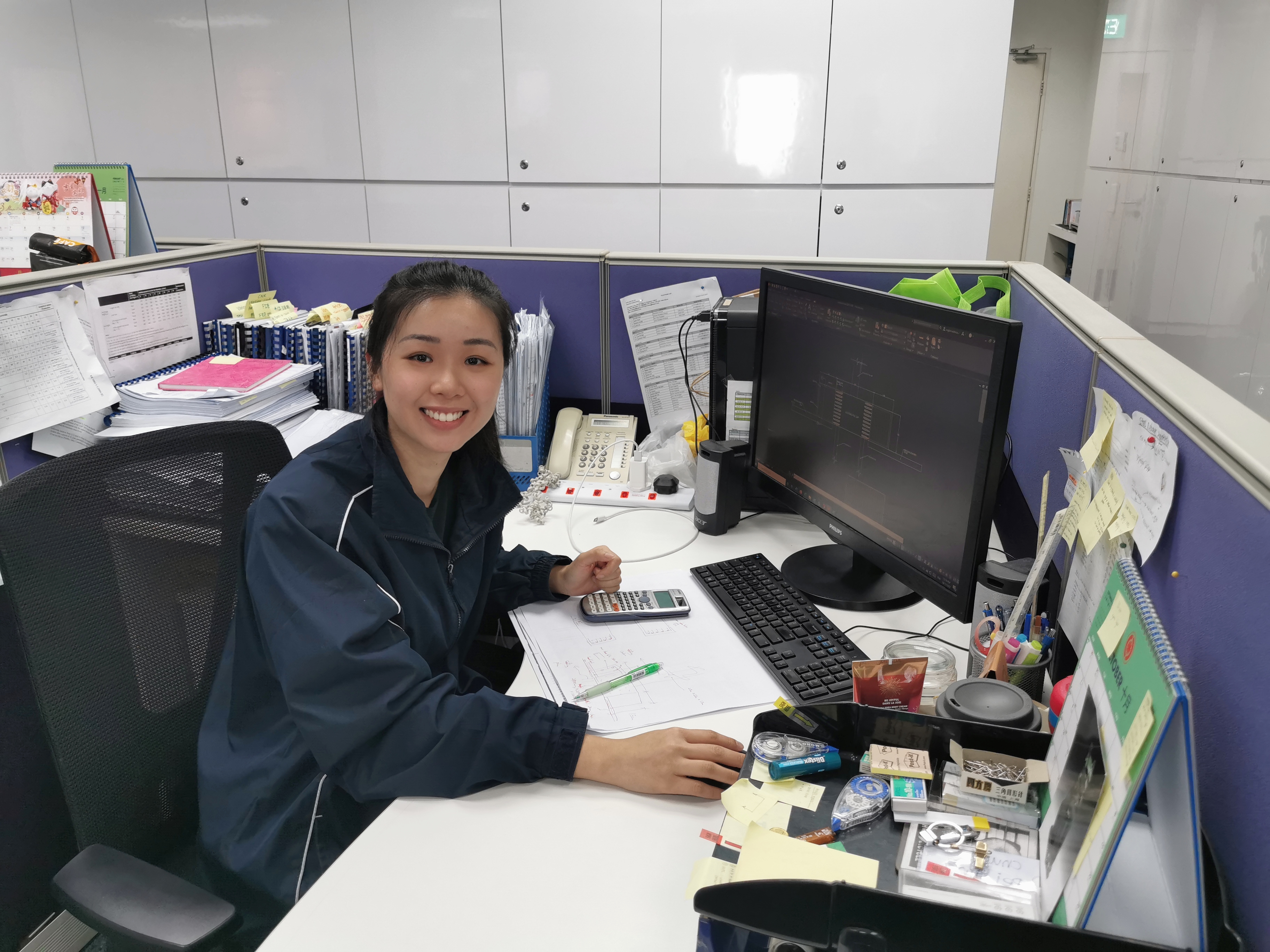
Pei Jing is a Design Engineer at Fyfe Asia. (Photo: Fyfe Asia)
A unique hands-on job experience
What drew both Pei Jing and Venus to SIT for their undergraduate degrees was its emphasis on practical, hands-on lessons which prepare students to be career-ready upon graduation.
One of SIT’s unique applied learning aspects is the Integrated Work Study Programme (IWSP), where students undertake up to 12 months of work attachment relevant to their course of study. The longer duration allows students to apply what they have learned in real work situations.
Pei Jing was attached to her current employer, Fyfe Asia, a specialist construction engineering company, for her 8-month long IWSP. Pei Jing was sent to the company’s regional branch in New Zealand to learn more about application of Tyfo® Fibrwrap® Systems for structural strengthening, where she was exposed to the field of seismic strengthening for commercial and residential projects in Auckland, Christchurch, and Wellington. She impressed her employers with both her technical and interpersonal skills and was offered a job prior to her graduation. She also achieved a top grade for her capstone project for the development of a construction solution which is in the process of being patented!
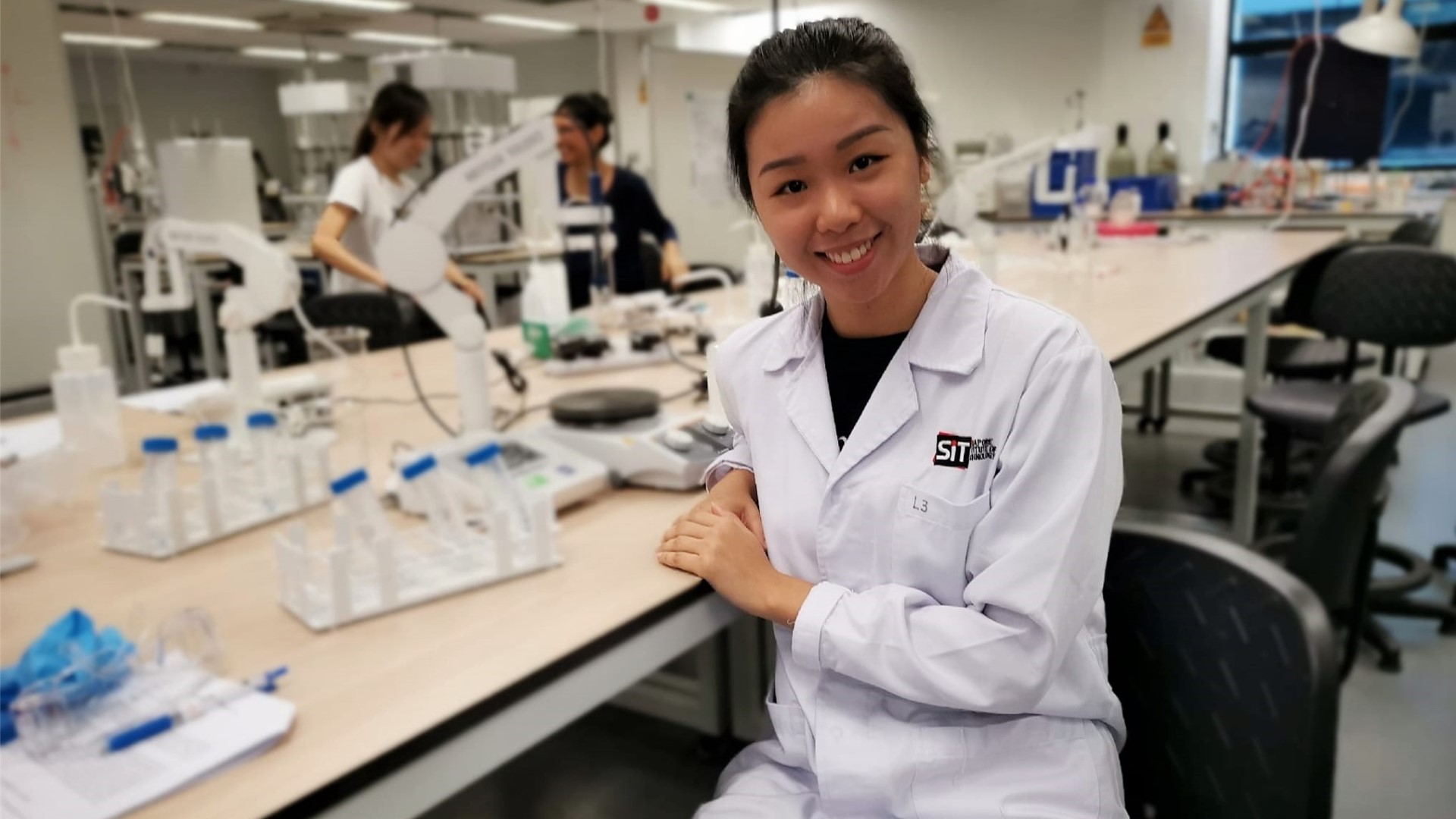
Pei Jing had the rare opportunity to present her capstone project to Senior Minister of State, Ministry of Communications and Information & Ministry of National Development, Mr Tan Kiat How. (Photo: Pei Jing)
Venus had her first overseas opportunity during her polytechnic days, where she sailed for 7 months on a container ship around New Zealand during her internship. Then at SIT, she spent her 6-month long IWSP with Keppel Offshore & Marine. During her time there, she learned how to apply complex calculations in mooring analyses to ensure that massive ships at the docks were stable, even in adverse weather conditions. The IWSP also gave her a valuable sneak peek into the real world, where she discovered alternative career options within naval architecture. While both experiences were important in shaping her career, Venus enjoyed her work attachment at Keppel and it reaffirmed her initial decision to pursue the scholarship and establish her career in the organisation.
For both Pei Jing and Venus, their lecturers and company mentors were always available to offer guidance during their IWSP. “I was able to consult Prof Chiew Sing-Ping and Asst Prof Zhao Ming Shan once a week on Zoom to discuss the capstone project,” said Pei Jing. “There were times when I couldn't understand certain process-related concepts, I would contact Keppel Offshore & Marine Engineering Manager, Mr Chong Woei Siong and he would assist in clearing my doubts,” said Venus.
Role model for success
More needs to be done to encourage women to go into STEM fields, and role models in the industry do help the cause. For Pei Jing, her biggest role model is the Senior Vice President of Fyfe Asia, Jeslin Quek. “While making a mark in a male-dominated industry, she keeps herself abreast of industry developments by taking up new courses. I think this is crucial for an engineer’s career progression.”
For Venus, she was inspired by her many female seniors at SIT, who came from diverse backgrounds and strived for excellence in their pursuit of knowledge.
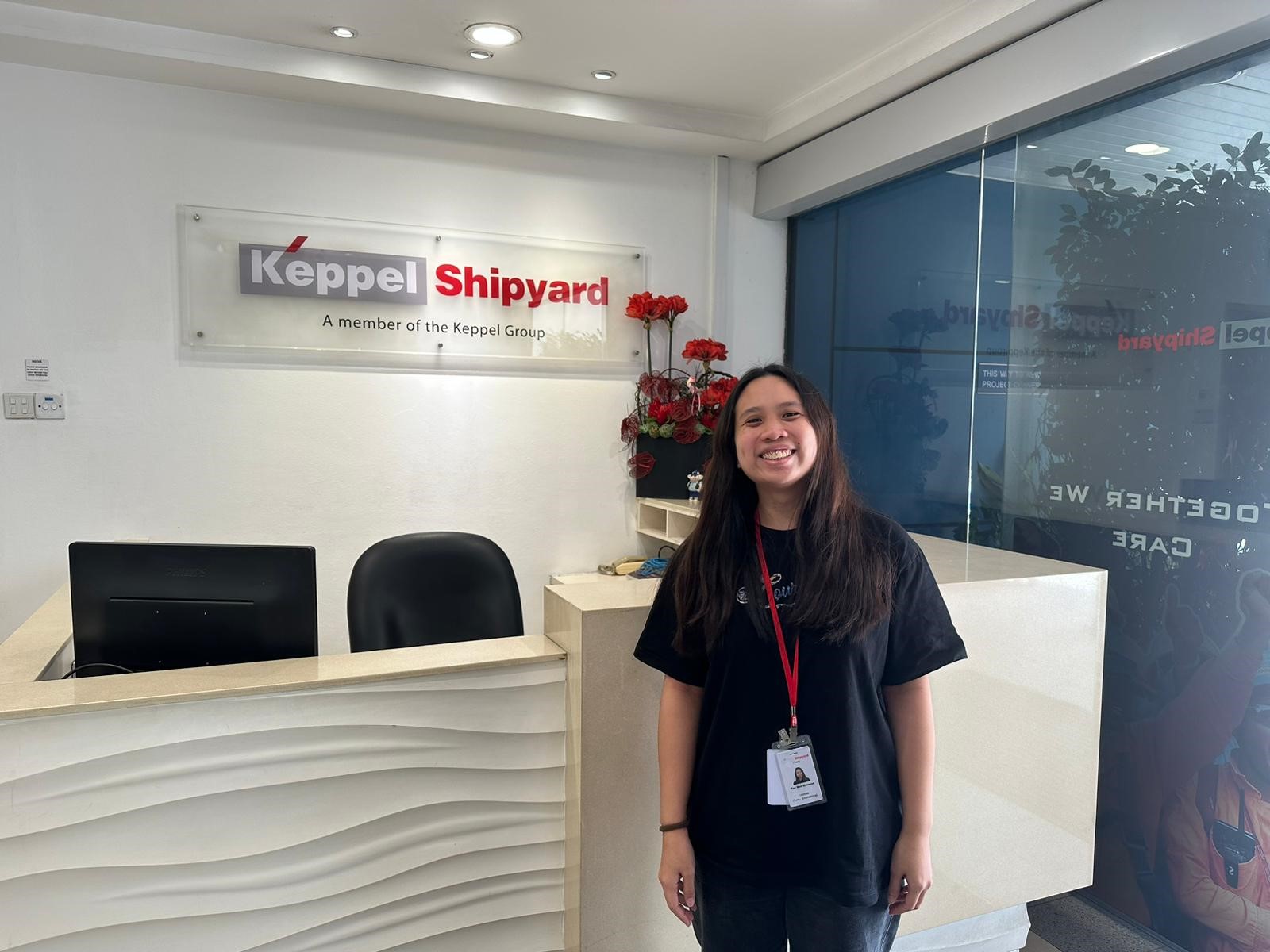
Venus is a graduate engineer at Keppel Offshore & Marine Corporation. (Photo: Keppel Offshore & Marine Corporation)
During their studies, both women also took on leadership roles as Presidents of their respective student committees. Pei Jing coordinated a bonding workshop for the Civil Engineering Alumni Club, while Venus led the Student Management Committee of her degree programme to plan student welfare events, including welcoming freshmen.
Untapped potential of women in STEM
“Female engineers may feel outnumbered by their male counterparts in their organisation. Some of my friends who are working in other companies are shy to voice their opinions because of this. For me, it's a psychological barrier that I had to overcome to speak more openly and express my thoughts,” says Pei Jing.
A recent survey of 600 Singaporean students found that only 41% of females planned on pursuing a STEM-based career, compared to 69% of males. Some respondents cite gender stereotypes subtly steering girls towards non-STEM subjects, despite the fact that both genders performed equally well in Mathematics and Science, according to a 2018 Programme for International Student Assessment (PISA).
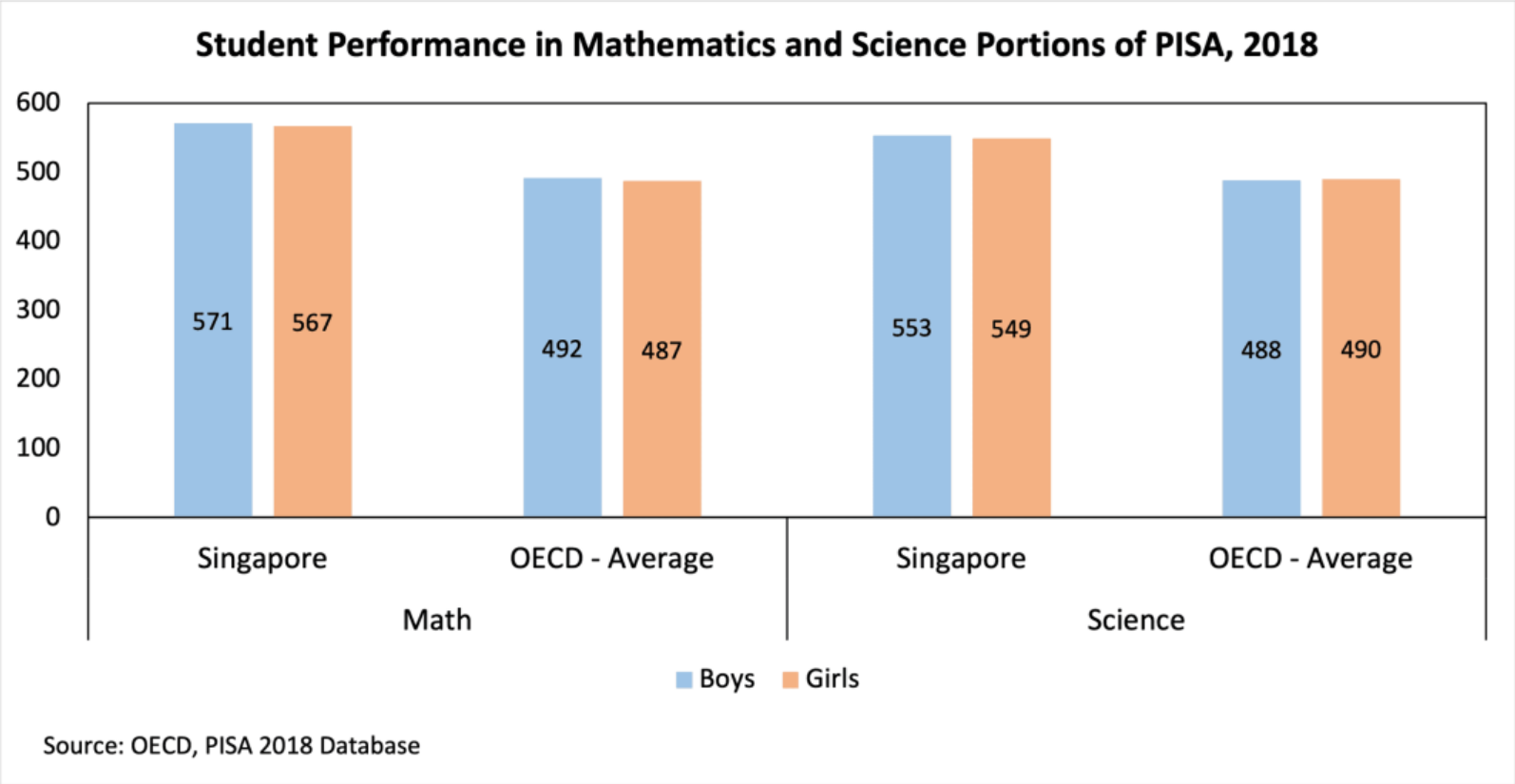
“Being an engineer requires you to be meticulous, quick-witted, and creative. This goes beyond gender,” says Pei Jing. “Women are so much more than just the usual stereotype, like being in the accountancy field or doing administrative work; we can also be engineers.”
Venus echoes similar sentiments: “We may not be as physically strong as guys, but we are definitely capable of taking on the same workload and the stress that accompanies it. STEM careers can be tough, to be honest, but we are game for it.”
The reality is that without the presence of women in STEM fields, innovation will be limited and exclude half of the population. STEM teams in the workforce need diverse viewpoints because diverse teams produce better outcomes.
Innovation begins with an open mind
Whether it’s building container ships or designing buildings, STEM knowledge plays an essential role in advancing modern society. When more women like Pei Jing and Venus enter the STEM arena, it will inspire more women to join the field and normalise their existence there. Over time, it creates a more inclusive environment in companies, opening pathways and opportunities for greater innovation and scientific success in the long-run.
If you are interested in STEM careers, SIT has a slew of STEM-related degree programmes that you may be interested in.
Visit https://www.singaporetech.edu.sg/admissions to find out more.
This article first appeared on Campus SG.















![[FA] SIT One SITizen Alumni Initiative_Web banner_1244px x 688px.jpg](/sites/default/files/2024-12/%5BFA%5D%20%20SIT%20One%20SITizen%20Alumni%20Initiative_Web%20banner_1244px%20x%20688px.jpg)

